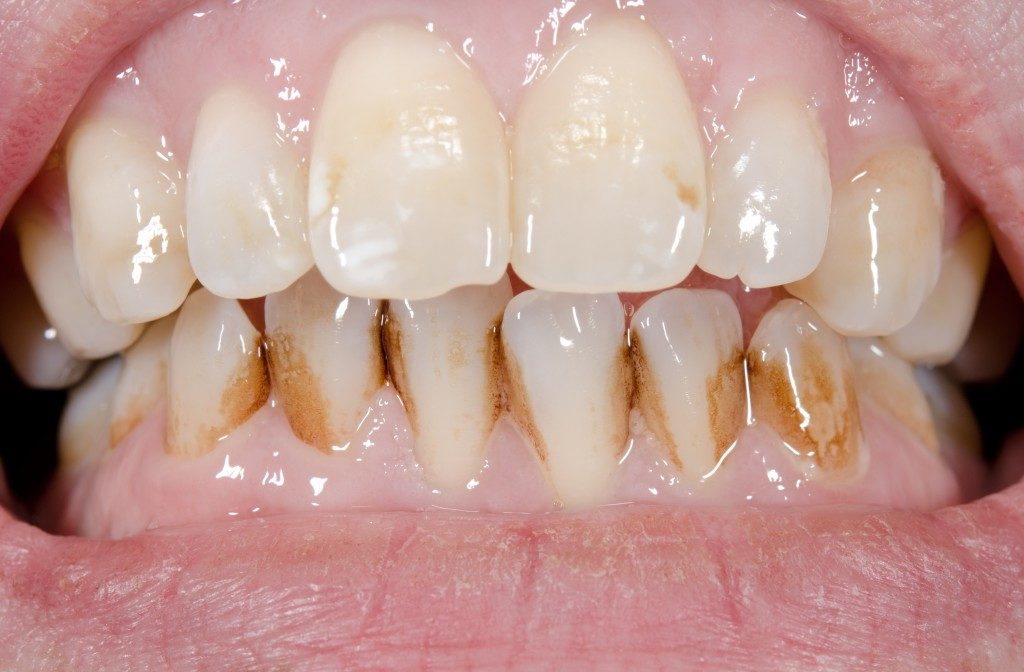Your teeth may discolor when stains develop on the surface or when the material of the teeth changes. Stains can either be extrinsic or intrinsic. An extrinsic stain will be on the enamel and develops from foods and drinks. In an intrinsic stain, the dentin of the tooth will darken or yellow.
There is also staining that is related to age that combines both extrinsic and intrinsic stains. When you go for teeth whitening in Townsville, you can expect to answer questions that refer to your upbringing and your lifestyle choices.
Depending on how severe stains are, different whitening procedures may be recommended. The most common types of stains include:
A darkened tooth
Sometimes one develops a stain on one tooth. Often, this is caused by trauma even though sometimes it may be a response to medication. If an injury, iron saturates in the dentin, and it will need removing.
It could also be that the trauma created uneven surfaces that have collected stains faster than neighboring teeth. If the stain is as a result of medication, the tooth absorbed pigmented minerals. The tooth can be bleached or crowned.
White-spotted teeth
If you notice that your teeth have scattered white spots about them, it may be a sign that you need whitening. White spots will indicate the formation of cavities in the early stages. You can have teeth monitored to make sure that the lesion is caught early.
Typically, the teeth have started to lose calcium. Decalcification often results from low production of saliva and poor diets. While it is irreversible, it is possible for one to stop its progress.
Tetracycline Stains
Tetracyclines are antibiotics used for some bacterial infections. A pregnant mother may take these drugs in the third trimester for example. Children also take the medicines from birth until they are 12 and it can stain teeth.
The severity of the stains one gets varies with the period they were using the drug. Teeth whitening will mask the effects of tetracycline. The stains are often greyish and bluish, manifesting as bands across the teeth.
Tobacco Stains

Staining caused by tar and nicotine is often brown or yellowish. While nicotine has no color, mixing with oxygen causes it to be yellow, and that color latches on to teeth. Repeated use causes staining.
Sometimes the nicotine may not stain teeth directly, but it lines the mouth. Saliva keeps the nicotine in contact with teeth and eventually causes staining. Note that even electronic cigarettes can stain teeth.
The only sure way around this type of staining is to abstain from smoking tobacco. However, one may also watch their intake and maintain their oral hygiene to get some level of control.
Many people ask whether caps, crowns or veneers may be whitened. Most dental restorations look like smooth glass. They have no pores, and so stains do not latch on.
This is to say that they will not have any blemishes that need removing. Therefore, if your teeth were not whitened before the restoration, they will likely have a different color from the restoration.
